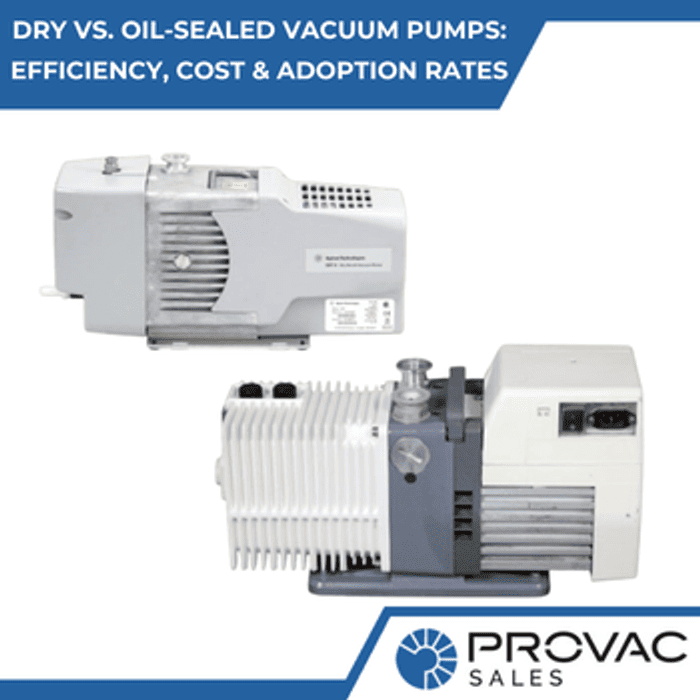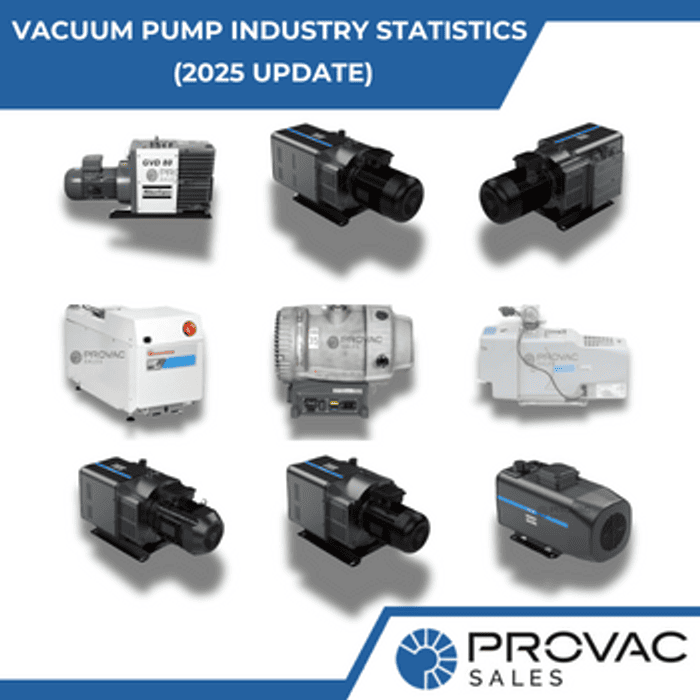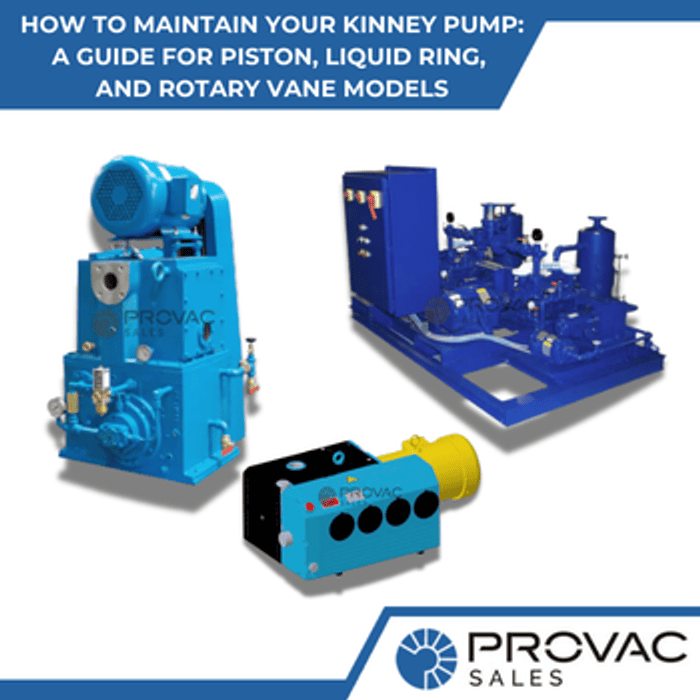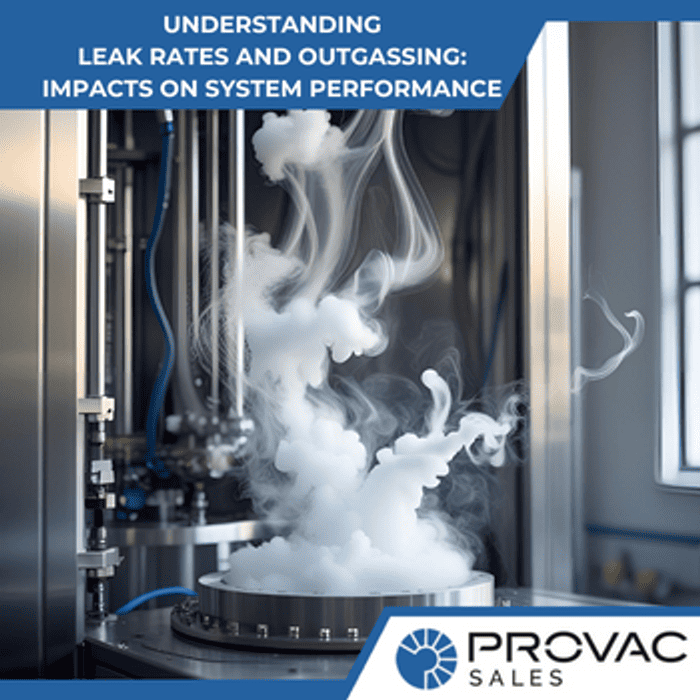Vacuum technology sits at the quiet heart of countless industrial processes, from polishing semiconductor wafers to freeze-drying strawberries. Yet the choice between dry mechanical pumps and their oil-sealed counterparts is no longer a matter of shop-floor preference; it is now a strategic decision with multimillion-dollar consequences for energy, sustainability, and product purity.
This deep-dive presents the latest market numbers, performance data, and ownership economics drawn from authoritative insights so that engineers, buyers, and investors can benchmark both technologies with confidence.
Market Landscape
Global Market Size and Forecast
The worldwide revenue generated by dry vacuum pumps reached USD 4.09 billion in 2024, a figure documented by Global Market Insights. The firm’s mid-range scenario projects a 4.8 percent compound annual growth rate through 2034 as fabs, battery lines, and pharma plants flood demand for oil-free pumping.
Oil-sealed machines, still indispensable for deep-vacuum metallurgy and rugged chemical service, posted roughly USD 1.2 billion in 2024 sales, according to Verified Market Reports, with a 6.2 percent CAGR forecast toward 2033.

The chart illustrates how those trajectories diverge over the next decade. Dry pumps steadily widen their revenue lead, topping USD 6.5 billion by 2034, while oil-sealed units approach the USD 2.2 billion mark despite healthy incremental gains.
The broader vacuum-pump sector, pegged at USD 6.5 billion in 2025 by Markets and Markets, also expands, but investors should note the subtle power shift as contamination-sensitive industries dominate spending.
Market Share by Lubrication Type
A 2025 analysis from Mordor Intelligence places dry technology at fifty-three percent of all units shipped in 2024, up from forty-six percent just five years earlier. That headline figure hides sharper extremes at the application level: zero-oil fabs for silicon and gallium-nitride increasingly mandate dry pumps, whereas heavy steel degassing lines, where oxygen ingress is fatal, still prefer thick oil barriers.
Efficiency and Energy Consumption
Laboratory and Industrial Performance Metrics
Energy has emerged as the new currency of vacuum performance. In controlled factory trials conducted by Edwards Vacuum, modern multistage dry screws consumed roughly thirty per cent less power than equivalently sized rotary-vane oil systems when holding 1 mbar.
Independent modelling published in the peer-reviewed journal Sustainable Manufacturing & Energy reinforces this delta, detailing a 28 percent life-cycle energy advantage for dry architectures at moderate vacuum pressures (Source: ScienceDirect).

The chart quantifies the point: a representative 1 000-m³ h⁻¹ oil-sealed pump draws about 5 000 kWh per year on a typical duty cycle, while an equivalently rated dry screw averages 3 500 kWh. These gains compound across multi-pump install-ations, translating into tens of thousands of dollars in avoided electricity fees, especially in high-tariff regions such as Germany or South Korea.
Sustainability Considerations
Lower kilowatt-hours ultimately cascade into reduced carbon exposure, often a silent procurement driver when board-level net-zero pledges meet Scope-3 accounting. The absence of waste oil further eliminates hazardous-material manifests and disposal fees. At a time when European PFAS rules threaten certain fluorinated oils, many buyers see dry technology as a compliance hedge as much as a green badge.
Cost of Ownership
Capital Expenditure
Oil-sealed pumps generally sell for thirty to forty percent less than similarly specced dry screws. A 400-m³ h⁻¹ rotary vane might invoice at USD 15 000, while a dry screw at the same flow lands nearer USD 25 000. Initial invoices, however, rarely tell the whole story.
Operational and Maintenance Costs
Annual upkeep reshuffles the math. According to field data compiled by JVR Industries, each oil-sealed pump can consume six thousand dollars in fluids, filters, labour, and hazardous waste handling every twelve months.
Dry pumps, by contrast, might run a preventative-maintenance kit once every three years for roughly half that amount. When energy savings of fifteen hundred kilowatt-hours per year are monetised at industrial rates, total operating expenditure often converges after thirty-six months, making the higher capex of dry units palatable for plants with five-year equipment roadmaps.
|
Parameter |
Dry Vacuum Pump |
Oil-Sealed Vacuum Pump |
|
Initial Cost (USD) |
25000 |
15000 |
|
Annual Maintenance (USD) |
1000 |
6000 |
|
Energy Use (kWh/year) |
3500 |
5000 |
|
Waste Disposal (USD/year) |
0 |
800 |
|
Typical Lifespan (years) |
10 |
12 |
The table above details a straight-line comparison for an illustrative mid-range installation.
Adoption Trends Across Industries

Semiconductor Manufacturing
Chip foundries remain the lighthouse customer for dry pumping. Every square nanometre of wafer real estate carries million-dollar revenue stakes, so the slightest hydrocarbon aerosol risks catastrophic yield loss.
Transitioning to oil-free backing pumps was therefore not a preference but a prerequisite. As a result, dry hardware penetration in vacuum lithography exceeds ninety percent, a trend flagged by Global Market Insights.
Pharmaceutical and Biotechnology
Bioprocess skids and freeze-dryers follow close behind. The United States Pharmacopeia now enforces strict contamination limits for injectable biologics, effectively pushing manufacturers toward dry systems that will not back-stream silicone mist. Field surveys conducted by Lucintel show seventy-five percent dry adoption across new greenfield vaccine facilities.
Heavy Industry and Processing
Yet oil-sealed stalwarts are alive and well in foundries, metal degassing, and chem-polymer synthesis. Vapours laden with acids, solvents, or metal fines can erode dry screw tolerances quickly, cutting MTBF to less than nine months.
Process engineers therefore prioritize resilience over contamination control and accept routine oil changes as the lesser evil. Markets such as these help anchor the 6 percent CAGR in the oil-sealed segment.
The Economics Behind Vacuum Pump Selection
The boundary between dry and oil-sealed vacuum pumps is no longer defined by lubrication alone but by the interlocking economics of energy, compliance, and process purity. Market watchers should anticipate further acceleration in dry adoption where silicon, biologics, and lithium-ion cathodes dominate capital spend. Oil-sealed designs, meanwhile, will endure anywhere that harsh vapours punish dry internals or where procurement teams need immediate cost relief.
By basing capital plans on the fact patterns set out here, market growth curves, life-cycle cost tables, and verified energy studies, stakeholders can calibrate purchase decisions to the realities of 2025 rather than the conventions of the past. In doing so they not only secure operational gains but also future-proof their facilities against the tightening environmental and financial screws that accompany a carbon-constrained economy.





